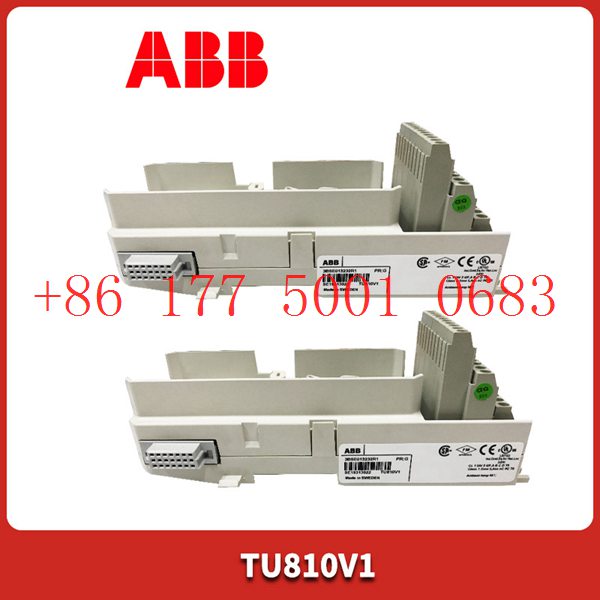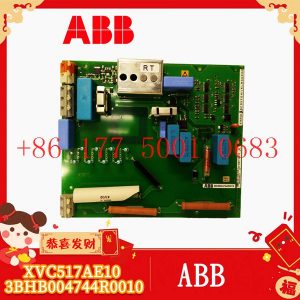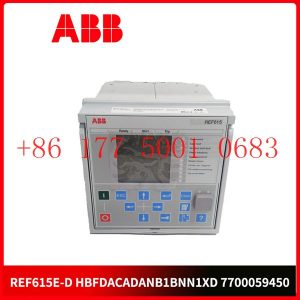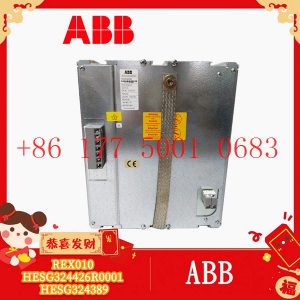Description
hardware flow control. It is an ideal choice in the field of industrial automation.
Domestic Industrial Robot Industry Trends in 2020 my country’s market still contains huge power
In 2016, the density of industrial robots in my country was 68 units per 10,000 people. In 2018, the density of industrial robots was 140 units per 10,000 people, which is
higher than the global average of 99 units. According to the “Robot Industry Development Plan (2016-2020)”, the density target of domestic industrial robots in 2020 will
reach 150 units/ten thousand people, and market demand will be further released. In addition, in
he long run, the density of industrial robots in my country is far smaller than that of several developed countries with higher levels of automation, and the domestic market
demand still contains huge development potential in the future.
Strong market demand has driven China to become one of the main sources of income for the four major families of Germany”s KUKA, Switzerland”s ABB, Japan”s
FANUC and Yaskawa. As the world”s largest industrial robot market, China has attracted the collective attention of the four major families, and its business in China has also
become an important engine for the growth of the four major families” business income.
1. The four major families account for 40% of the global market and nearly half of the market in China.
Globally, the first echelons in the field of industrial robots are KUKA of Germany, ABB of Switzerland, FANUC of Japan and Yaskawa.
The revenue of the four major family robot businesses continues to grow, accounting for nearly 40% of the global market share. From 2006 to the present, except for 2009,
when the four major families suffered a sharp decline in revenue due to the aftermath of the financial crisis, the remaining years have seen steady growth. From 2010 to 2017,
the CAGR of the robot business revenue of Yaskawa, ABB, KUKA, and FANUC was 6.58%, 11.05%, 12.96%, and 10.74% respectively, which is basically consistent with the growth
of the global industrial robot market. The robot business of the four major families has always occupied the main global robot market. In recent years, affected by
the rise of manufacturers in the robot segment and the rapid development of Chinese robot manufacturers, the market share has gradually declined, but it still remains above 40%.
In 2016, the four major families” global robot business The revenue proportion is 41.19%.
The four major families account for more than half of the domestic market
The four major families have different business focuses. KUKA”s business mainly focuses on robots and system integration, which are widely used in the automotive field
and have core customers such as Mercedes-Benz and BMW. ABB focuses on electric motors and motion control, which are used in the electronics, electrical and logistics
industries, and are also widely used in highly
mature automobile production lines. FANUC CNC system technology leads the world, and its process control is more efficient and convenient than other companies.
Yaskawa mainly focuses on the fields of servo motors and motion controllers, and is the first company in Japan to manufacture servo motors.
In 2012, foreign robot companies represented by the four major families of ABB, KUKA, Yaskawa Electric, and Fanuc accounted for more than 90% of the Chinese robot
market. Among the 90% of the robot market share, the four major families of ABB, Fanuc, Yaskawa Electromechanical, and KUKA account for 57.5%. The next three major
manufacturers, OTC, Panasonic and Kawasaki Heavy Industries, accounted for 16%. The market share of domestic robot manufacturers is relatively small. According to
statistics from Huachuang Securities, the market share of local brand robots in 2012 was only 8%.
According to IF R statistics, the total installed capacity of China”s local robots in the domestic market increased from 22% in 2017 to 27% in 2018;
while the installed capacity of foreign brands (including products produced in China by non-Chinese suppliers) declined 7%. At present, my country”s
industrial robot market is still dominated by foreign brands. The domestic market share
of the four major families has not changed much compared with 2012. In 2017, the domestic market share of the four major families reached 57%. In 2017,
the market share of the four major families in China was Fanuc (18%), KUKA (14%), ABB (13%), and Yaskawa (12%). However, as the proportion of domestic
manufacturers in the domestic market increases year by year, accounting for around 30%, although there is still a gap compared with the four major families,
the progress of domestic manufacturers
cannot be underestimated. As the four major families gradually strengthen their presence in the Chinese market, their market share in the domestic industrial
robot market will remain at a high level.
As the world”s largest industrial robot market, China has attracted the collective attention of the four major families, and its business
in China has also become an important engine for the growth of the four major families” business income. Taking Fanuc as an example
, the company”s revenue in China in 2017 increased from 6.63 billion yuan in 2016 to 12.75 billion yuan in 2017, an increase of 92.3%, driving the
revenue in Asia (excluding Japan) to account for 45.4%, a year-on-year increase 9.1%, ranking first. In addition, the Chinese market accounts for 21%
and 20% of the overall sales of Yaskawa
Electric and KUKA Robot respectively, making it one of the important sources of their sales revenue.
Excitation system ABB module TB825
Excitation system ABB module TB820V2
Excitation system ABB module TB820
Excitation system ABB module TB815
Excitation system ABB module TB811
Excitation system ABB module TB810
Excitation system ABB module TB807
Excitation system ABB module TB806
Excitation system ABB module TB805
Excitation system ABB module TB711F
Excitation system ABB module TB521-ETH
Excitation system ABB module TAS01
Excitation system ABB module TAS.580.0600G00 V01
Excitation system ABB module TAS.580.0560G00
Excitation system ABB module TAS.580.0540G00
Excitation system ABB module TA924F
Excitation system ABB module TA724F
Excitation system ABB module TA526
Excitation system ABB module TA525
Excitation system ABB module TA524
Excitation system ABB module TA523
Excitation system ABB module SYNPOLD CMA132
Excitation system ABB module SYNCHROTACT5 3BHB006713R0217
Excitation system ABB module SYN5202A
Excitation system ABB module SYN5202
Excitation system ABB module SYN5201a-Z,V217 3BHB006714R0217
Excitation system ABB module SY809F
Excitation system ABB module SY809F
Excitation system ABB module SV541
Excitation system ABB module STT02E
Excitation system ABB module STC2BE
Excitation system ABB module STC2AE
Excitation system ABB module STBNIP2311
Excitation system ABB module SS832 3BSC610068R1
Excitation system ABB module SS832
Excitation system ABB module SS832
Excitation system ABB module SS832
Excitation system ABB module SS832
Excitation system ABB module SS822Z
Excitation system ABB module SS822
Excitation system ABB module SR511 3BSE000863R1
Excitation system ABB module SR511 3BSE000863R0001
Excitation system ABB module SPTPS13
Excitation system ABB module SPTKM01
Excitation system ABB module SPSET01
Excitation system ABB module SPSET01
Excitation system ABB module SPSED01
Excitation system ABB module SPNPM22
Excitation system ABB module SPNPM22
Excitation system ABB module SPNPM22
Excitation system ABB module SPNIS21
Excitation system ABB module SPNIS21
Excitation system ABB module SPNIS21
Excitation system ABB module SPNIS21
Excitation system ABB module SPMC2402
Excitation system ABB module SPMC1402
Excitation system ABB module SPIPT800
Excitation system ABB module SPIET800
Excitation system ABB module SPIET800
Excitation system ABB module SPIET800
Excitation system ABB module SPICT13A
Excitation system ABB module SPHSS13
Excitation system ABB module SPHSS13
Excitation system ABB module SPHSS13
Excitation system ABB module SPHSS03 Belica piece
Excitation system ABB module SPHSS03
Excitation system ABB module SPFEC12
Excitation system ABB module SPFEC12
Excitation system ABB module SPFEC12
Excitation system ABB module SPFEC12
Excitation system ABB module SPFCS01
Excitation system ABB module SPER1C1
Excitation system ABB module SPDSO14
Excitation system ABB module SPDSO14
Excitation system ABB module SPDSO14
Excitation system ABB module SPDSO14







Reviews
There are no reviews yet.